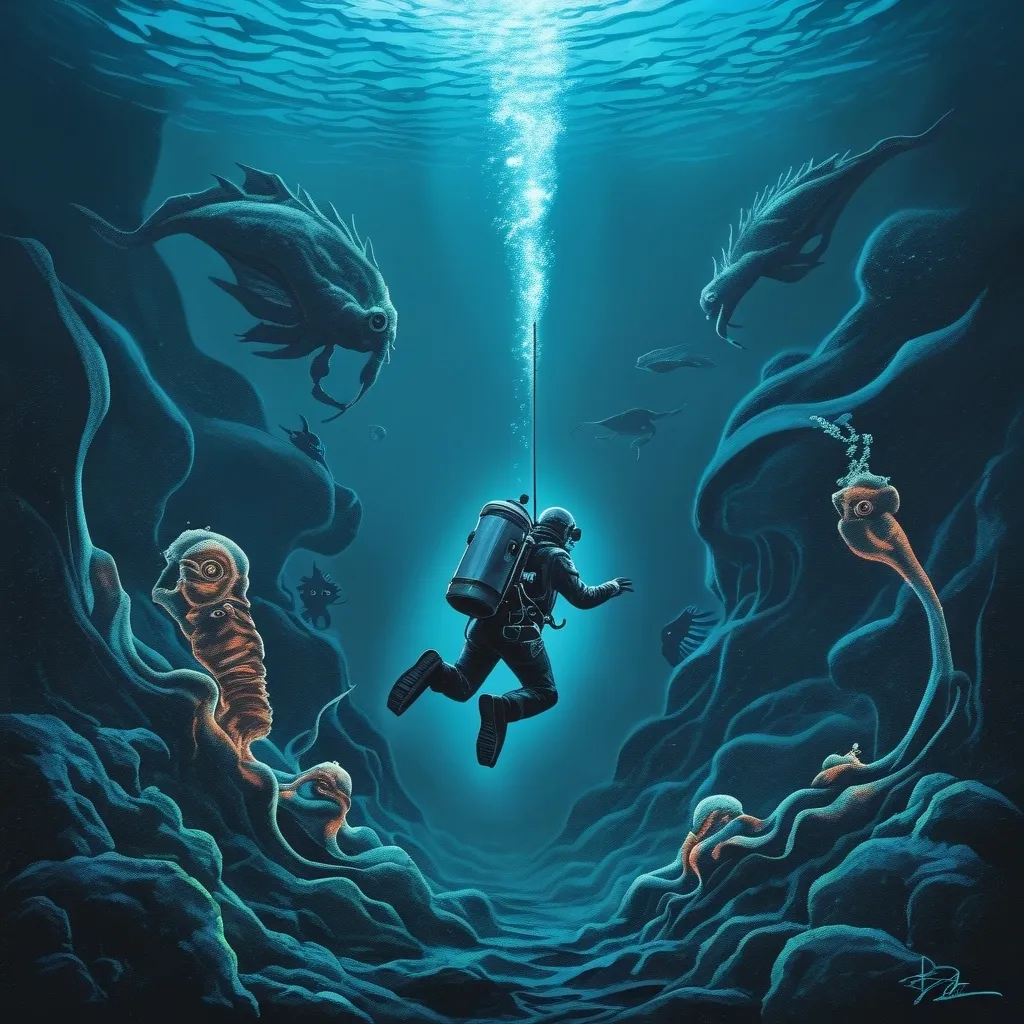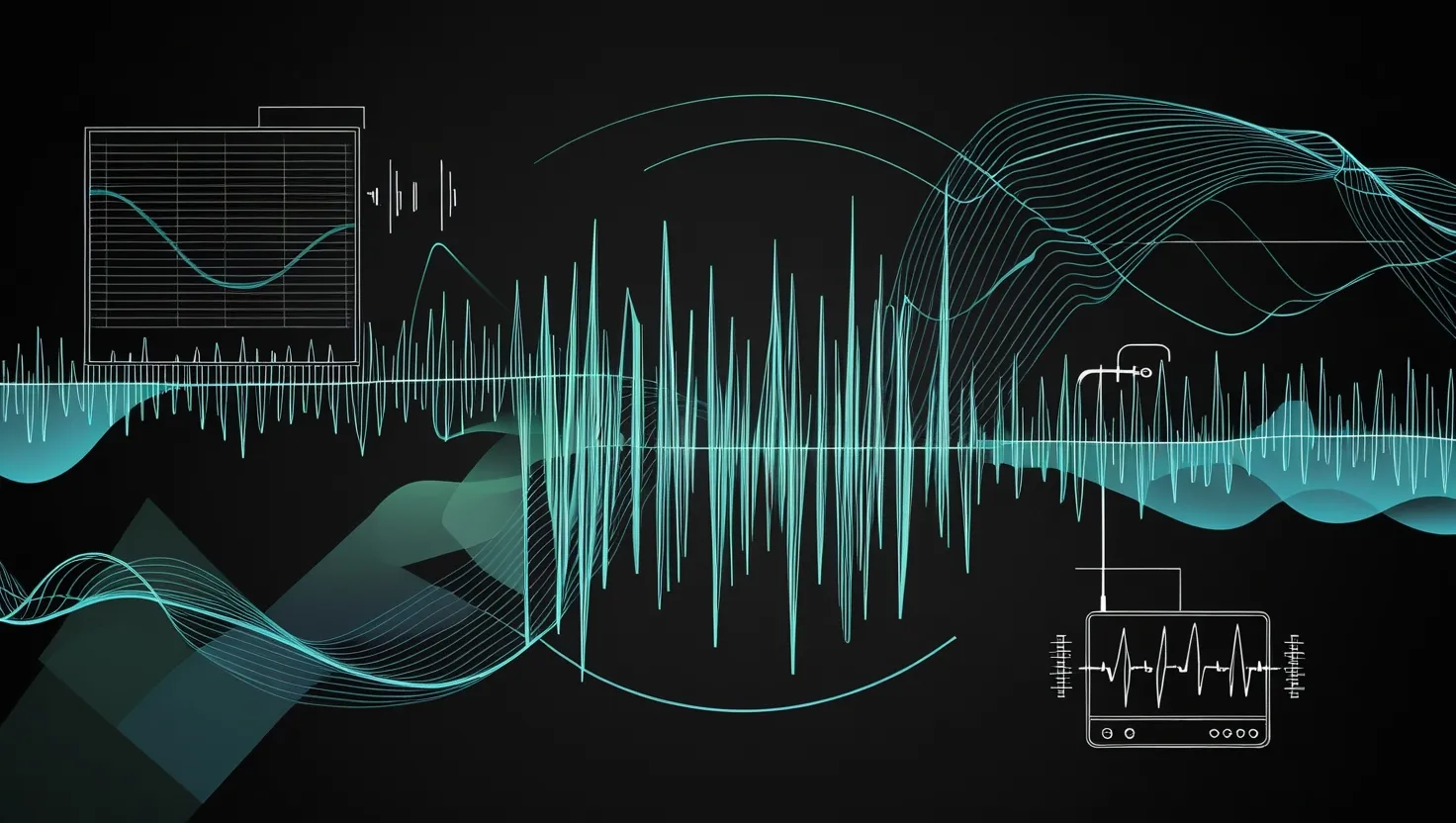The Enigmatic Ocean Floor: A Realm of Wonder and Mystery
The vast expanse of the ocean floor has long captivated our imagination, rivaling the allure of distant planets and far-off galaxies. It’s a world that’s both familiar and alien, teeming with life forms that seem straight out of science fiction. While some might fantasize about underwater alien bases, the reality of what lies beneath the waves is no less fascinating.
Picture this: you’re descending into the inky blackness of the deep sea, pressure mounting with each passing moment. The water around you grows colder, and the last remnants of sunlight fade away. This is where the real adventure begins.
The ocean floor is a place of extremes. Temperatures range from near-freezing to scorching hot around hydrothermal vents. The pressure at these depths would crush most living things in an instant. Yet, life finds a way to thrive here.
Take the giant amphipod crustaceans, for example. These creatures look like something out of a monster movie, but they’re perfectly adapted to life in the abyss. Their bodies contain special enzymes that allow them to withstand the crushing pressure. It’s like they’re wearing invisible armor.
And let’s not forget about the snailfish. These gelatinous creatures look more like blobs than fish, but they’re tough as nails. They’ve evolved to live in conditions that would be lethal to most other organisms. It’s a testament to the incredible adaptability of life.
Recent expeditions have uncovered a treasure trove of new species in the deep sea. Off the coast of Chile, scientists discovered over a hundred new creatures. Imagine being the first person to lay eyes on a beady-eyed squat lobster or a blob-like sea toad. It’s like being an explorer in a whole new world.
These discoveries highlight just how little we know about the ocean floor. We’ve only scratched the surface, literally. It’s estimated that we’ve only mapped about 5% of the ocean floor with modern sonar. That leaves a whopping 95% still shrouded in mystery. Who knows what wonders are waiting to be discovered in that uncharted territory?
But the ocean floor isn’t just a biological frontier; it’s a technological one too. NASA is using the deep sea as a testing ground for technologies that could one day be used in space exploration. It makes sense when you think about it. The extreme conditions of the deep sea are not that different from what we might encounter on other planets.
Take the Orpheus, for example. This autonomous underwater vehicle is being developed to map the deepest parts of the ocean. It uses visual navigation technology similar to what’s used by the Perseverance Mars Rover. The challenges of exploring the ocean floor are helping us prepare for future space missions. It’s like we’re using Earth as a practice run for exploring other worlds.
Now, I know what you’re thinking. With all this unexplored territory and advanced technology, surely there must be some evidence of underwater alien bases, right? Well, not so fast. While it’s fun to imagine, the reality is usually much more mundane.
Remember that circular shape discovered off the coast of Peru? The one that was 4.2 miles in diameter and had some folks convinced it was an underwater UFO base? Turns out, it was just a data artifact. These shapes often appear when different data sources are stitched together, including satellite gravity measurements and ship-based sonar surveys. It’s like when you try to piece together a puzzle, and sometimes the edges don’t quite line up.
But don’t let that discourage you. The real discoveries being made in the deep sea are no less extraordinary than any imagined alien base. Take hydrothermal vents, for instance. These fissures on the seabed where geothermally heated water erupts are like underwater geysers. They create environments that scientists think might be similar to conditions on the early Earth.
These vents aren’t just fascinating geological features; they’re also potential clues about the origins of life itself. Some scientists believe that life on Earth may have first emerged in environments similar to these hydrothermal vents. It’s like we’re looking at a window into our planet’s distant past.
And here’s something that’ll blow your mind: scientists have discovered that metal-rich nodules on the seafloor are producing oxygen. In the deepest, darkest parts of the ocean, where you’d least expect it, there are mechanisms supporting life. It’s a reminder that life finds a way, even in the most unlikely places.
Speaking of unlikely places, the conditions we find in the deep sea are helping us in the search for extraterrestrial life. The environments around hydrothermal vents are similar to what scientists expect to find on other worlds in our solar system, like Europa and Enceladus. These moons have subsurface oceans that could potentially harbor life. By studying the deep sea, we’re learning how to search for and detect life in these distant environments.
It’s mind-boggling to think that exploring our own planet could help us find life on other worlds. But that’s the beauty of science. Everything is connected, and you never know where a discovery might lead.
As I reflect on the mysteries of the ocean floor, I’m filled with a sense of awe at the complexity and beauty of our planet. The deep sea is a frontier that challenges our understanding of life and pushes the boundaries of our technological capabilities. It’s a place where the line between science and science fiction often blurs.
While we may not find underwater alien bases, the real discoveries being made in the deep sea are no less extraordinary. From bizarre creatures that seem to defy the laws of nature to technological advancements that could help us explore other planets, the ocean floor is a constant source of wonder and inspiration.
The next time you look out at the ocean, remember that beneath those waves lies a world as alien and mysterious as any distant planet. It’s a world that continues to surprise us, challenge us, and inspire us to push the boundaries of our knowledge.
Who knows? The next great discovery could be waiting just beneath the surface. Maybe it’ll be a new species that rewrites our understanding of biology. Or perhaps it’ll be a technological breakthrough that revolutionizes space exploration. Whatever it is, one thing’s for sure: the ocean floor will continue to captivate our imagination and drive us to explore the unknown.
So let’s keep diving deeper, both literally and figuratively. Let’s continue to unravel the mysteries of the deep sea and see where they lead us. Because in the end, it’s not about finding alien bases or proving conspiracy theories. It’s about embracing the wonder of discovery and realizing that sometimes, the most alien world of all is right here on Earth, waiting to be explored.






